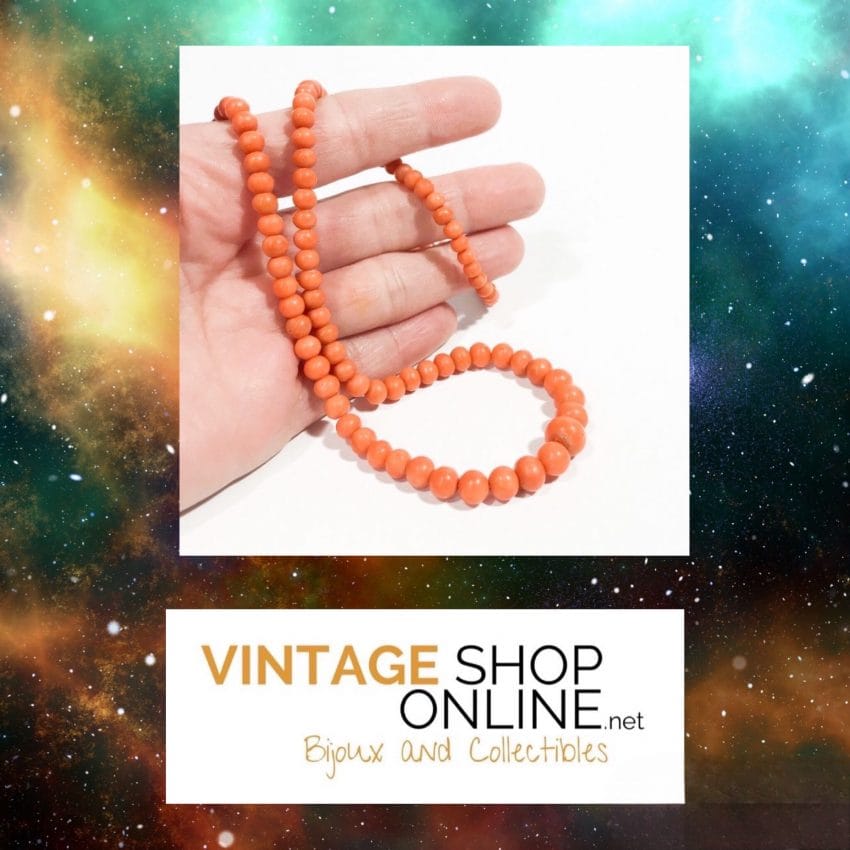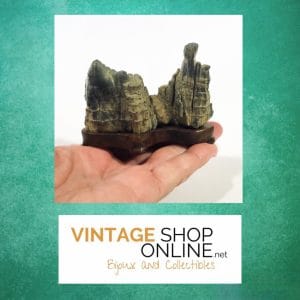THE SCIACCA CORAL BALANCE BETWEEN SCIENCE AND LEGEND
Recent research, strictly scientific, shed light on the origin of the very famous coral of Sciacca. But before we go into this purely rational area, a hint of the history of its discovery. In Sicily,In the 1875, a large coral reef orange, it was discovered thirty miles off the coast of the city of Sciacca. Usually, in that zone, the coral caught had a different color.
On the seabed,a lot of coral was piled up,an inexplicable thing especially in such a limited space. When the first coral reef runs out, a larger one was found and a last one even more voluminous. For over twenty years, thousands of fishermen invaded that stretch of sea, emptying the seabed. The loot , was over fourteen million kilograms of coral.
Nobody, of the scientists of the time, tried to understand how an organic material such as coral, could be preserved with such high temperatures. According to the experts,the volcano with its action, had first brought out the famous Ferdinandea island,subsequently inabissatasi; creating a large mass of dead coral and therefore impossible to reproduce. Returning to our days, we can finally explain the existence of the Sciacca coral.
At the start of the search,investigates how the coral did not deteriorate, being an organic material ( calcium carbonate) and to reach us massed in large quantities on the seabed. Of its coloring, totally different from other corals in the Mediterranean and the strange sound it produces when it falls to the ground. According to the current hypothesis, there were external agents, such as marine volcanism that have changed its structure; the strangest thing, is given by the huge stratified deposit, which suggests a very long period of time. At this point coral samples from the Mediterranean and in particular the Sciacca coral are sent to an important Italian laboratory; the idea is to do an experiment with coral samples, subjecting them to analysis.
To do it, a machine is used (Raman ) with which the spectrum of the coral is determined.
The results are very interesting, all samples from the Mediterranean have the same spectrum, except the coral of Sciacca. Subsequently, another and important experiment,runs in America.
At a center, where great experts in Geochemistry work, coral samples from all over the Mediterranean and Sciacca coral are sent. Analyzes are carried out with the “Laser Ablation ICPMS” technique, the results are incredibly interesting. The chemical composition of the Sciacca coral has undergone great alterations. Compared to other corals, the coral of Sciacca is enriched with copper,manganese, uranium and iron. The elements that compose it,they are to be associated with submarine hydrothermal activity. All this confirms the hypothesis on volcanism. The penultimate analysis to which the coral of Sciacca is subjected, is that of "Dating" to confirm everything. This important procedure is entrusted to Cedad (Center for Dating of the University of Salento ). The results on the coral samples of Sciacca,they are amazing ; two of the four corals are about two thousand years old, a third coral has four thousand and the last one is more than nine thousand years old. It is confirmation. To close the circle, the last and decisive step is the analysis with the "Knoop" method to test the hardness of the coral. The data are confirmed, the coral of Sciacca is a sub-fossil coral whose hardness has changed over time. Like this,millennium after millennium, resting at the bottom of the sea, the magnificent coral of Sciacca reached the nets of those ancient fishermen.
the sciacca coral between dream and reality
Science and legend come together in some verses of a beautiful and poignant poem written in Sicilian dialect.
The poem tells the love story between the beautiful Tina and the coral fisherman Bertu Ammareddu and the necklace she gives to her beloved on departure. As time goes by, he feels a strong nostalgia for the distance from great love. A morning, touching the medal of the necklace and thinking of her, suddenly he loses it at sea. Assaulted by despair, she undresses and throws herself into the water and swimming on the bottom of the sea in search of the necklace, resurfaces with a coral branch.
Everyone is delighted with his discovery, but the token of love of his beloved Tina will remain forever buried at the bottom of the sea.
From the poem 'La Corallina' by Vincenzo Licata
Above the stern, rethinking Tina,
the beautiful sailor sciacchitana,
Bertu was holding the chain
with the medal all day long.
And ‘na matina va pi manuvrari
and the medal fell into the sea.
…….
And he went down,went down to the sea,
‘Among the rocks and starfish.
I pushed the whole bottom
frightening the ‘animals’.
Then,while securing a rooster fish
a piece of curse was handed to him.
…..
There was a party all over the marina,
and the news spread far and wide.
The new coralline boat was armed,
the sciacchitana and the napolitana;
Turri di Grecu made the queen
whoever jinchiu crosses it healthy and healthy;
but the medal of the beautiful Tina
he lay at the bottom of the dry shack.
(last stanza)
Vincenzo Licata is one of the greatest Sicilian dialectal poets. His life begins in Sciacca, where does the 21 June 1906 and where the 26 January 1996.
Raised in a family of thirteen children, had as father Filippeddu, famous and charismatic "coral". Simple man, in love with the sea who spent his entire life looking for coral on the seabed.
The multifaceted coral of Sciacca and its characteristics
This coral is very unique in fact developing in close contact with the volcanic material, gave him unique qualities.
First of all the coloring,with nuances ranging from salmon to orange to yellowish.
Sometimes it is dotted with more or less dark brownish spots,which attest to its volcanic origin.
The size of its branches, they are inferior to the red coral.
Another important feature,in its raw state it is opaque, but after passing, in the expert hands of coral masters, acquires a unique brilliance and sparkle.
Its porcelain-like sheen and extraordinary firmness, make it a prized coral suitable for engraving.
Thanks to the ancient coral art, made of patience, attention and great craftsmanship, we can appreciate and even buy the uniqueness of this jewel, gift of the sea and be happier.




